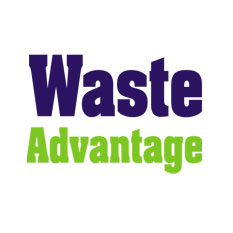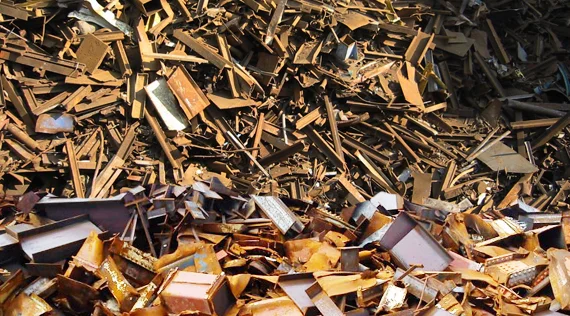Why is Glass Recycling in the U.S. Broken?
Waste & Recycling | 2019-02-13 06:27:31
Cullet also helps manufacturers save on energy costs.
SEATTLE (Waste Advantage): Americans dispose of some 10 million metric tons of glass annually. Most of it ends up in the trash. Only about one-third gets recycled. That’s not because of some intrinsic materials or chemical property that makes glass difficult to recycle. “Glass is 100% recyclable,” says Robert Weisenburger Lipetz, executive director of the Glass Manufacturing Industry Council (GMIC), a nonprofit trade association. “It has an unlimited life and can be melted and recycled endlessly to make new glass products with no loss in quality,” he adds.
And the US’s roughly 33% glass-recycling rate, which pales compared with the 90% recycling rate in Switzerland, Germany, and other European countries, is not the result of a lack of technical know-how. “Recycled glass is nearly always part of the recipe for making new glass,” says Joseph J. Cattaneo, executive director of the Glass Packaging Institute (GPI), a trade association representing the North American glass-container industry. The glass industry regularly mixes cullet—a granular material made by crushing bottles and jars usually collected from recycling programs—with sand, limestone, and other raw materials to produce the molten glass needed to manufacture new bottles and jars.
Manufacturers agree that using cullet benefits glassmakers, the environment, and consumers. And national surveys show that Americans overwhelmingly favor glass recycling and deem it to be important. Yet as the percentage of glass recycled in Spain and the UK, for example, has doubled and tripled in the past 25 years, respectively, the numbers in the U.S. have barely budged.
When studying glass recycling, the first thing that becomes clear is that cullet is extremely useful. It provides many benefits to glass manufacturing. First, cullet allows glass manufacturers to reduce their need for raw materials. The key ingredients used in glassmaking are sand (mainly silica, SiO2), sodium carbonate (also known as soda ash, Na2CO3), and limestone (CaCO3). One kilogram of cullet replaces 1.2 kg of raw materials, according to James V. Nordmeyer, vice president of global sustainability at Owens-Illinois, a major manufacturer of glass bottles and containers.
Cullet also helps manufacturers save on energy costs. For every 10% of cullet included in the glassmaking feed mixture, the energy needed to keep the furnace at temperatures high enough to generate molten glass falls by nearly 3%, Rue says. Running furnaces at lower temperatures extends furnace lives and reduces operating costs and, as a result, the price of the final glass products.
Courtesy: https://wasteadvantage.com
 By
By 